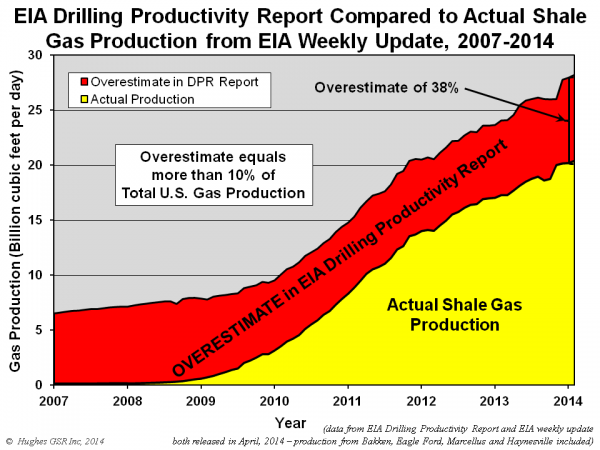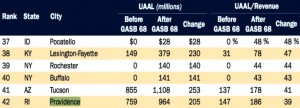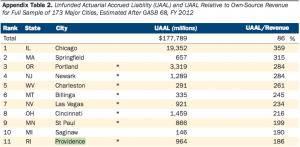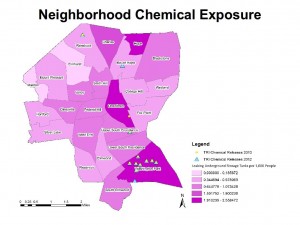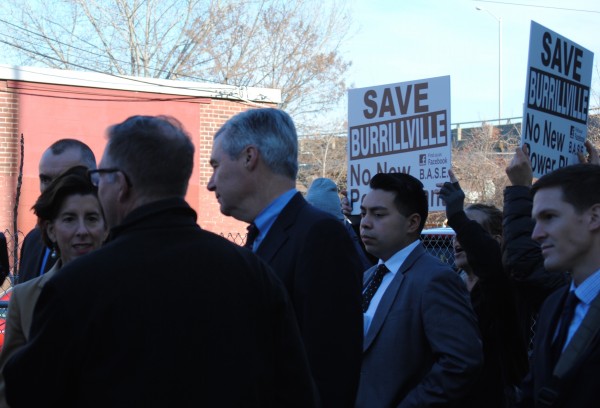 Senator Whitehouse supports the new gas powered energy plant in Burrillville, but the support he cites for his position from environmental groups doesn’t exist.
Senator Whitehouse supports the new gas powered energy plant in Burrillville, but the support he cites for his position from environmental groups doesn’t exist.
In a short interview with Ted Nesi, Senator Sheldon Whitehouse, widely considered to be the most environmentally conscious member of the US Senate, threw his support behind Invenergy’s Clear River Energy Center in Burrillville, a power plant to be run on fracked methane.
Whitehouse said, “Rhode Island and a large part of Southern New England are on the wrong side of a couple of gas pipeline choke points, with the result that at certain times costs soar in Rhode Island because the choke point creates a supply-demand imbalance which causes prices to soar, and in other states that’s not happening.
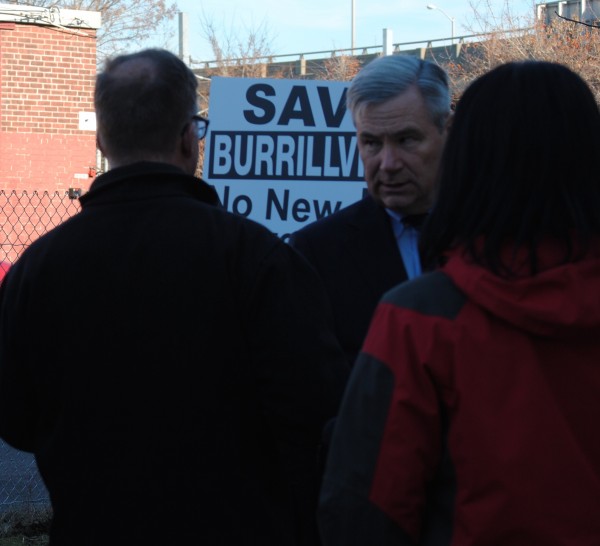 “I don’t think it’s valuable from Rhode Island’s perspective to make Rhode Islanders pay high winter gas prices when it doesn’t change the overall complexion of the gas market. So I am not objecting to that particular plant, because it’s a choke point issue.”
“I don’t think it’s valuable from Rhode Island’s perspective to make Rhode Islanders pay high winter gas prices when it doesn’t change the overall complexion of the gas market. So I am not objecting to that particular plant, because it’s a choke point issue.”
When Nesi asked Whitehouse if he’s received any blowback for his refusal to oppose the plant, Whitehouse said, “Some. There’s a small group of people who would like to have me change my position.
“From the larger environmental movement – the Save the Bays and the League of Conservation Voters and the Nature Conservancies and all that – there’s no blowback whatsoever. They understand the difference between the national and the local concern.”
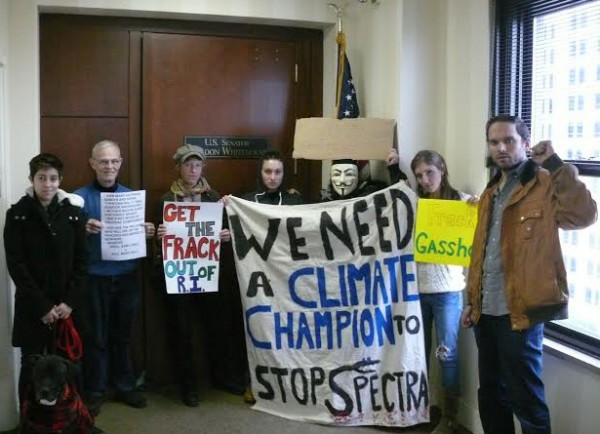
So do Save the Bay and the League of Conservation Voters (LCV) really support Whitehouse’s position on the new Burrillville power plant as the Senator implies?
Not quite.
I asked both Save the Bay and the League of Conservation Voters for comments on what Whitehouse said. Neither group came close to backing the Senator up.
Seth Stein, National Press Secretary for the League of Conservation Voters, said, “LCV does not have an RI state league partner. We focus on Federal policy, and do not generally weigh in on local politics in states where we do not have a state league.”
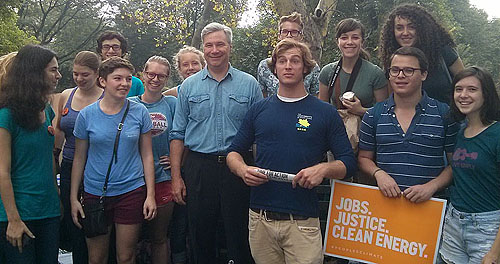
Topher Hamblett, director of policy at Save the Bay, said, “Save The Bay has not taken a position on the project (we’re focused on a host of Bay issues). On development projects like this we usually evaluate potential impacts to water resources, wetland systems and Bay/coastal eco-sytsems.”
Save the Bay’s executive director Jonathan Stone wrote, “Save the Bay has not taken a position on the plant. On energy development proposals like this we always evaluate impacts on water quality, wetlands habitat, public access, and other impacts on the health of the Bay and coastal Rhode Island.”
Burrillville is not positioned near the Bay.
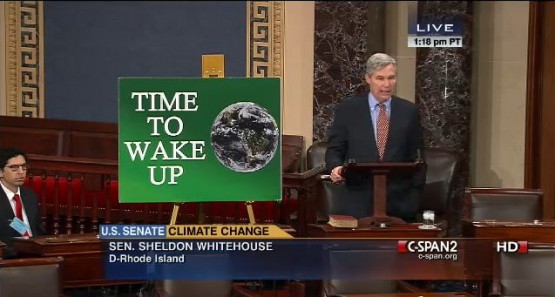 Given that two of the three groups that Whitehouse named have no position on the project, and the third group, “the Nature Conservancies and all that” doesn’t specify any particular agency, it appears that Whitehouse’s answer was intended to minimize the importance of local opposition to the power plant, not honestly appraise the support for natural gas infrastructure expansion that exists in the wider environmental community.
Given that two of the three groups that Whitehouse named have no position on the project, and the third group, “the Nature Conservancies and all that” doesn’t specify any particular agency, it appears that Whitehouse’s answer was intended to minimize the importance of local opposition to the power plant, not honestly appraise the support for natural gas infrastructure expansion that exists in the wider environmental community.
One nature conservancy that does have a strong position on Invenergy’s plans is one that will be directly impacted by the plant. The Burrillville Land Trust, has been granted intervenor status in the process to determine the power plant’s fate and has filed a motion to shut the application process down.
So none of the environmental groups that Whitehouse implied would support him, do. Instead, we have wide ranging opposition to the plant from a host of groups that understand what is at stake in allowing Rhode Island to continue to depend on fossil fuels for its energy.
The Conservation Law Foundation, the Burrillville Land Trust, Burrillville Against Spectra Expansion (BASE), Fighting Against Natural Gas (FANG), Fossil Free RI, Rhode Island Chapter of the Sierra Club, the Green Party of RI, Occupy Providence and the Rhode Island Progressive Democrats have all come out against the plant.
In his interview with Nesi, Whitehouse cavalierly dismissed the concerns of local environmental groups, and could name no environmental groups that support his position.
If Whitehouse is truly the Senate’s climate champion, we are all in serious trouble.

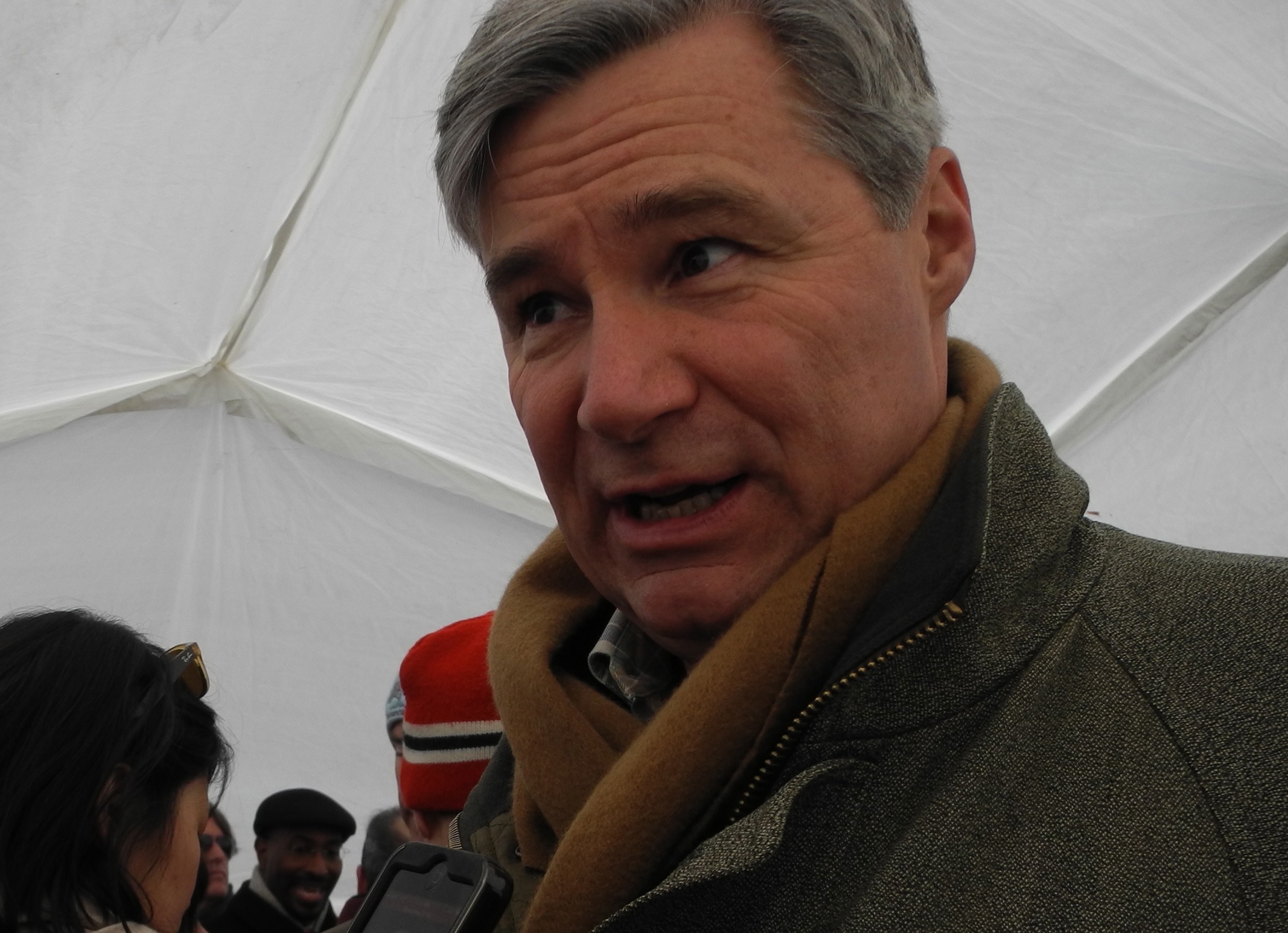

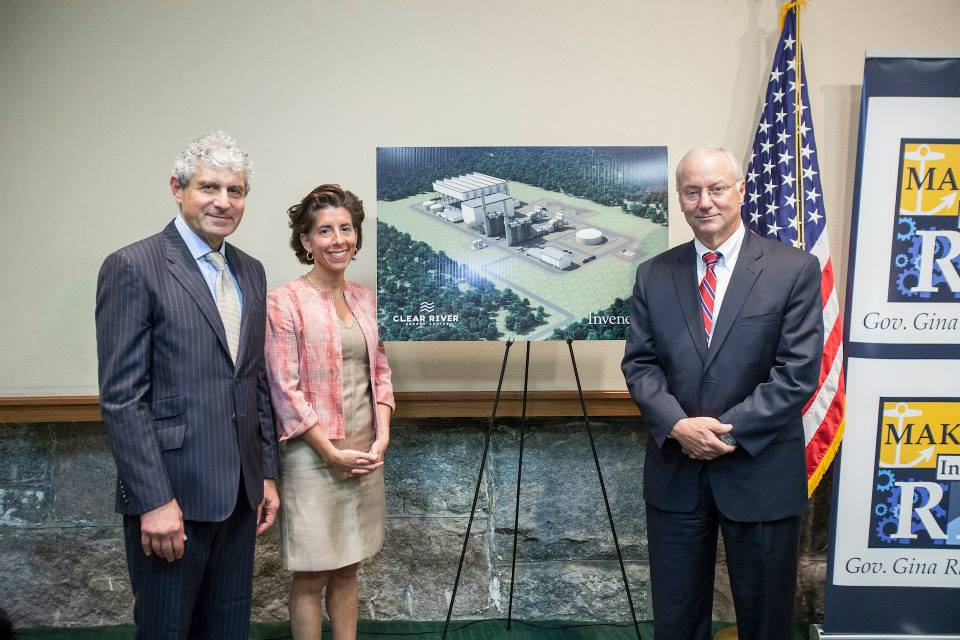
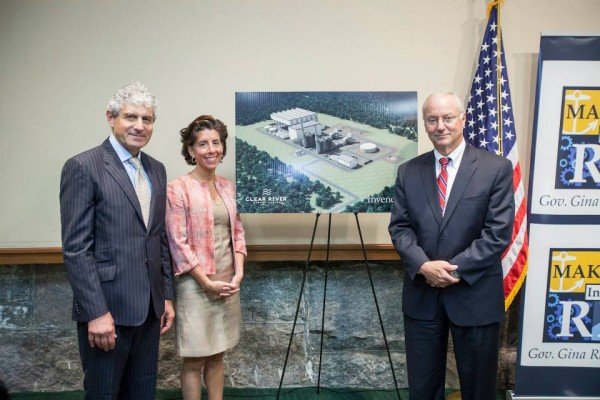 The Clear River Energy Center, a power plant that Invenergy wants to build in Burrillville, has been advertised as a “natural” gas powered facility that will cut climate change causing emissions, but Invenergy’s plans call for “two one million gallon fuel oil storage tanks on site.” The power plant planned for Burrillville is to be equipped with “new combustion turbines” that will be “dual fuel,” meaning they will be able to burn gas or oil.
The Clear River Energy Center, a power plant that Invenergy wants to build in Burrillville, has been advertised as a “natural” gas powered facility that will cut climate change causing emissions, but Invenergy’s plans call for “two one million gallon fuel oil storage tanks on site.” The power plant planned for Burrillville is to be equipped with “new combustion turbines” that will be “dual fuel,” meaning they will be able to burn gas or oil.